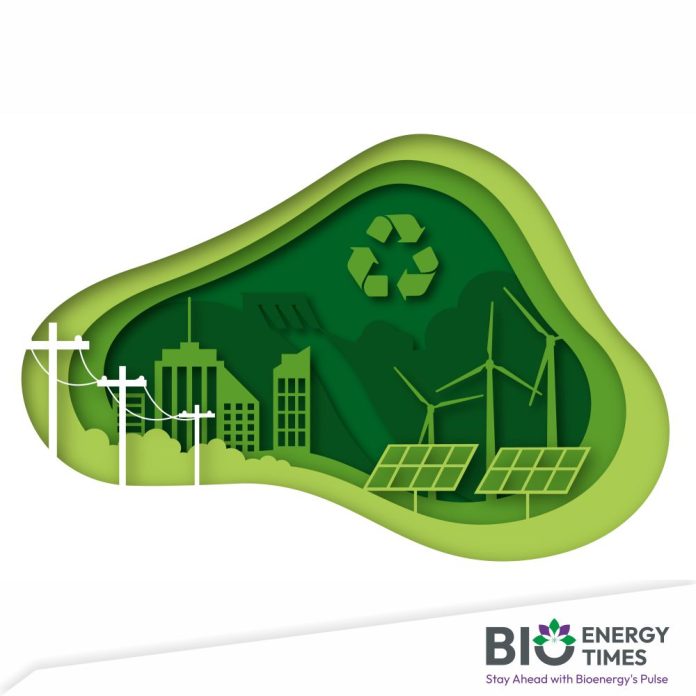Indonesia’s Ministry of Energy and Mineral Resources has unveiled its Electricity Supply Business Plan for 2025 to 2034, outlining a major shift toward clean energy. The plan aims to add 69.5 gigawatts of new power generation capacity over the next decade, with 76 percent of it coming from renewable energy sources and storage systems, reports Powerline.
This long-term strategy is closely tied to the country’s target of reaching net zero emissions by 2060. It also addresses the rising electricity demand driven by growing urbanisation and economic development.
In the first phase, from 2025 to 2030, the government plans to install 27.9 gigawatts of additional capacity. Of this, 12.2 gigawatts will be generated from renewable energy, 9.2 gigawatts from gas, and 3.5 gigawatts from coal-based plants, primarily those already under construction. Another 3 gigawatts will come from new energy storage systems to support grid reliability and renewable integration.
The second phase, covering the years 2030 to 2034, puts an even stronger emphasis on clean energy. It will add 37.7 gigawatts in renewable energy and storage capacity, while limiting thermal power additions to 3.9 gigawatts.
The clean energy mix in the overall plan includes large contributions from solar, hydro, wind, and geothermal power. It also features the development of two nuclear reactors, each with a capacity of 250 megawatts, located in Sumatra and Kalimantan. The plan also includes a small share of bioenergy as part of the renewable mix.















